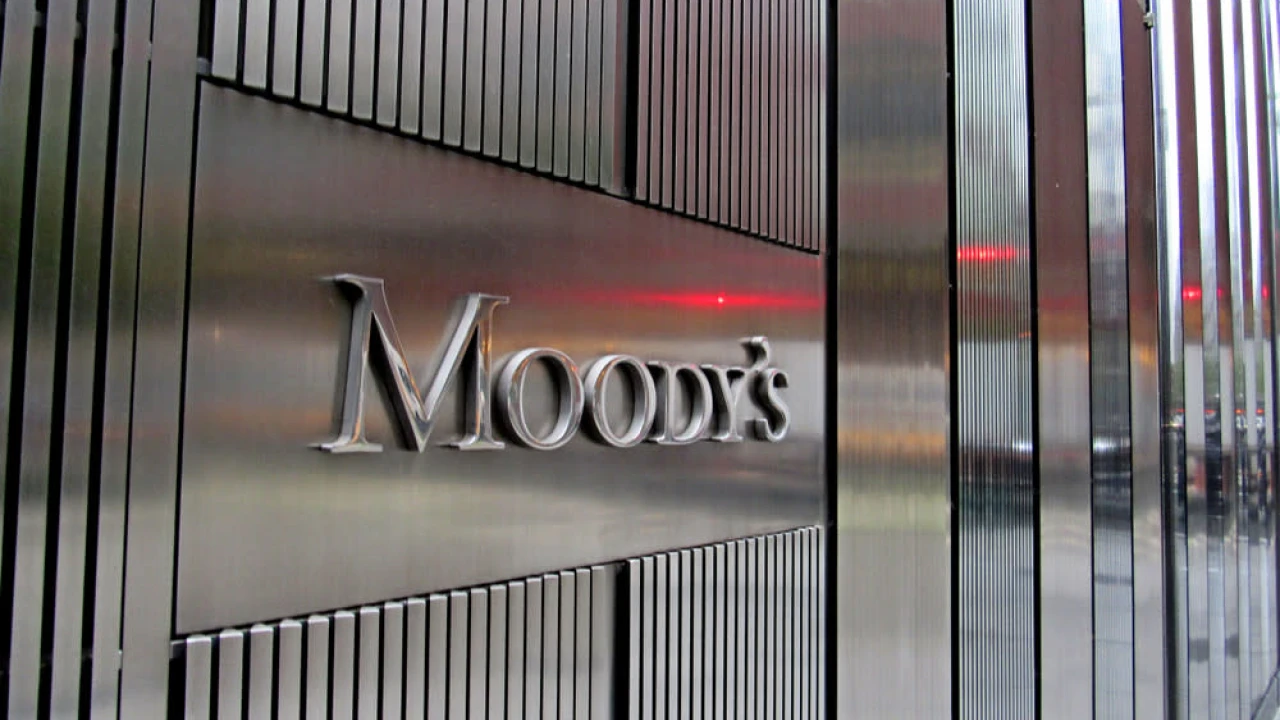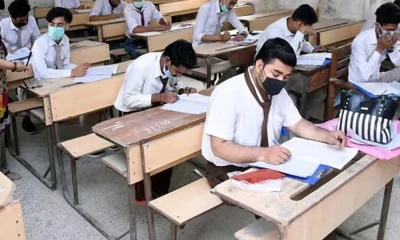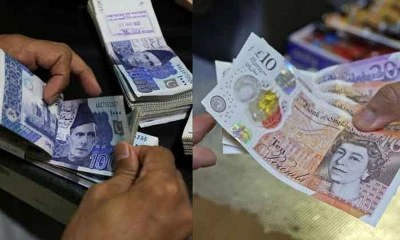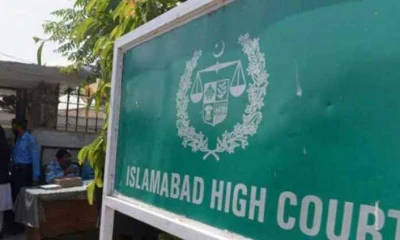Pakistan
Moody’s downgrades ratings for five Pakistani banks to Caa1 from B3
The rating agency had on Thursday downgraded Pakistan’s local and foreign currency and senior unsecured debt ratings despite criticism by the coalition government

Moody’s Investors Service tuesday downgraded the long-term deposit ratings of five Pakistani banks.
The rating of Allied Bank Limited (ABL), Habib Bank Ltd (HBL), MCB Bank Limited (MCB), National Bank of Pakistan (NBP) and United Bank Ltd (UBL) have been lowered to Caa1 from B3.
The rating agency also lowered the banks’ long-term foreign currency counterparty risk ratings (CRRs) to Caa1 from B3.
“As part of the same rating action, Moody’s lowered the baseline credit assessments (BCAs) of ABL, MCB and UBL to Caa1 from B3, and as a result also downgraded their local currency long-term CRRs to B3 from B2 and their long-term counterparty risk assessments to B3(cr) from B2(cr). The BCAs of NBP and HBL were affirmed at Caa1.
“The outlook on all banks’ deposit ratings remains negative,” Moody’s said in a statement on their website.
The downgrade comes days after Moody’s cut Pakistan’s local and foreign currency and senior unsecured debt ratings to Caa1 from B3.
In its statement, Moody’s said the ratings reflected the government’s reduced capacity to support the banks, which has affected the banks whose ratings benefit from government support, namely NBP and HBL, the high credit linkages between the banks’ balance sheets and sovereign credit risk and the lowering of Pakistan’s foreign currency ceiling to Caa1, which has affected the foreign currency CRRs of all rated banks.
“The reduced capacity of the Pakistani government to support the banks in case of need … is indicated by the downgrade of the sovereign’s bond rating to Caa1 from B3, which was driven by worsening economic outlook, increased government liquidity and external vulnerability risks and higher debt sustainability risks, in the aftermath of devastating floods that hit the country since June 2022.
“As a result, NBP’s and HBL’s deposit ratings no longer incorporate a government support uplift.”
Moody’s said the negative outlook on the banks’ ratings was mainly because of “the rated banks’ very large holding of sovereign debt securities, at between 7-14 times their Tier 1 capital, which will continue to link their creditworthiness to that of the government, whose ratings are on negative outlook”.
The outlook also reflected “increased vulnerabilities on the banks’ financial metrics and standalone credit profile that stem from Pakistan’s challenging macro-economic and operating conditions; the latter could also lead Moody’s to reassess its macro profile for Pakistan, which currently stands at “Very Weak +”.
-

 Pakistan 1 day ago
Pakistan 1 day agoPTI founder secures bail in Toshakhana II case
-

 Pakistan 2 days ago
Pakistan 2 days agoGrace marks increased from 3 to 5 in exams
-

 Regional 1 day ago
Regional 1 day agoGood moral values side by side education must for youth empowerment: PU academician
-

 Business 23 hours ago
Business 23 hours agoBitcoin breaks $96,000 for first time as market weighs over Trump crypto plans
-

 Pakistan 1 day ago
Pakistan 1 day agoInternet, mobile services to be partially suspended in Islamabad, KP, Punjab
-

 Sports 1 day ago
Sports 1 day agoPakistan U-19 beat Afghanistan by 13 runs in Tri-nation series
-

 Pakistan 2 days ago
Pakistan 2 days agoNaqvi, Saudi Deputy Interior Minister discuss bilateral relations
-

 World 2 days ago
World 2 days agoHeavy snow in Britain, schools closed, trains delayed































